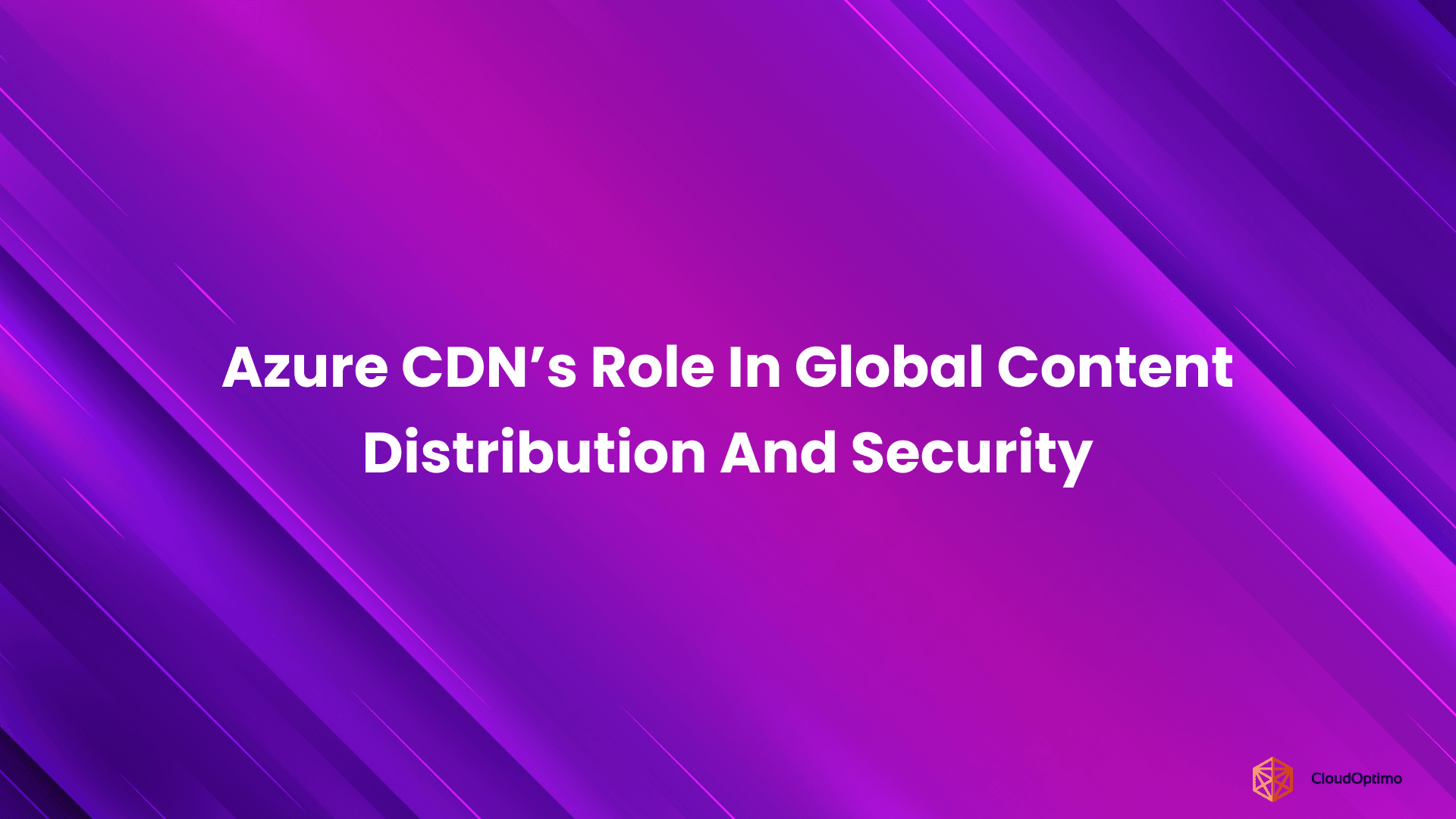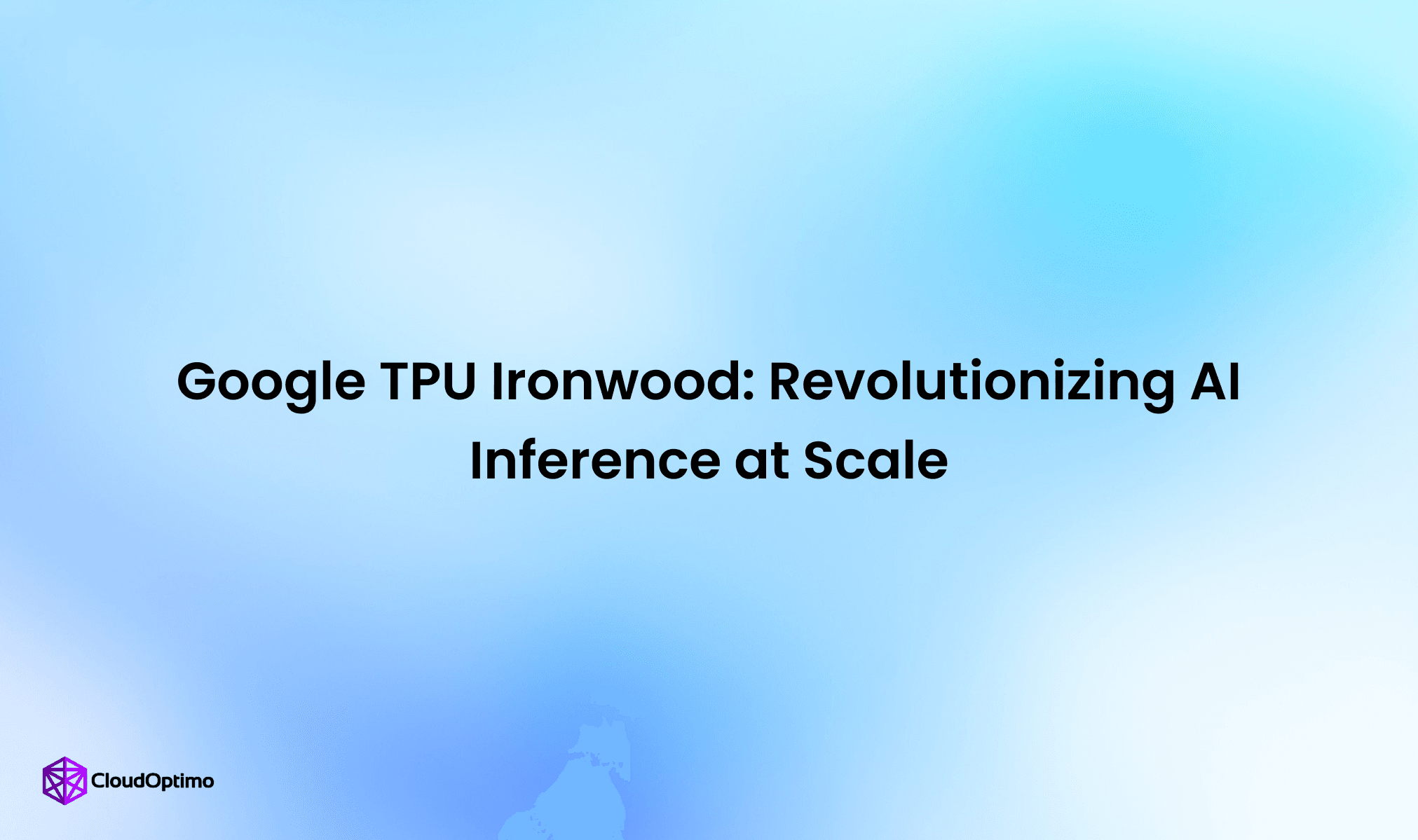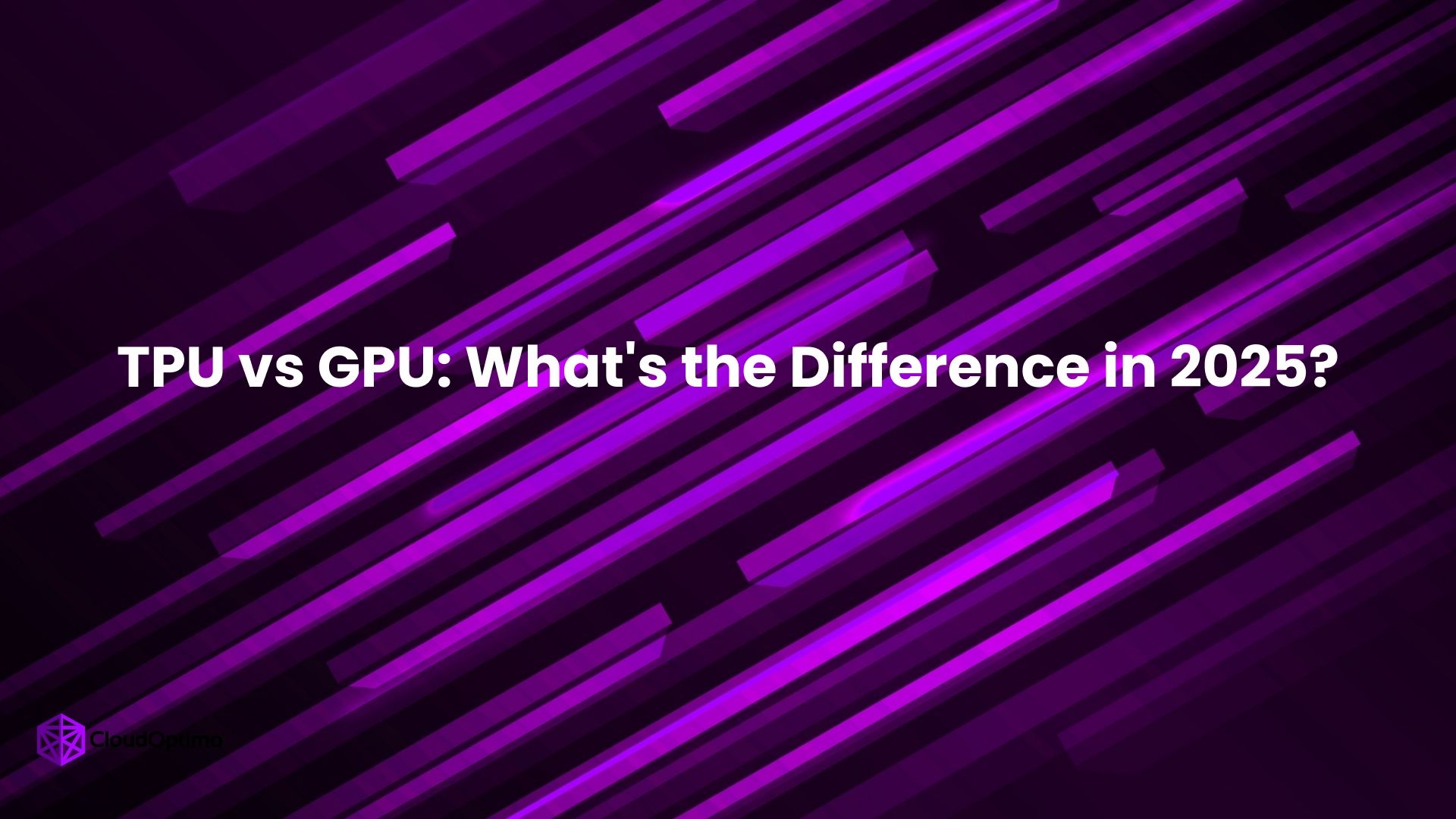Introduction
Cloud computing forms the backbone of many services we use daily, from streaming platforms to online shopping. But what if there was a way to make these services faster, more efficient, and potentially cheaper? AWS Graviton is a processor that's reshaping cloud computing from the inside out. While it may not be a familiar name to many, Graviton is rapidly becoming a crucial player in how we interact with cloud-based services. In this blog, we'll demystify AWS Graviton, exploring how these innovative processors are changing the game in cloud technology and why they matter to businesses and consumers alike.
What is Graviton?
Graviton processors are custom-designed by AWS specifically for cloud environments. They leverage the ARM architecture, renowned for its power efficiency and ability to generate less heat compared to the traditional x86 architecture that dominates the server and cloud computing space. This translates to several key advantages for cloud users:
- Instruction Set Optimization: ARM instructions are designed for efficiency, leading to faster execution of specific tasks on Graviton processors. This translates to improved performance for workloads optimized for the ARM architecture.
- Environmental Sustainability: With a smaller carbon footprint due to lower energy requirements, Graviton processors contribute to more sustainable cloud operations. This aligns with the growing focus on environmental responsibility within the tech industry.
To better understand Graviton's significance, it's important to grasp the basics of ARM architecture. Unlike x86 processors that use a Complex Instruction Set Computing (CISC) approach, Graviton processors leverage a Reduced Instruction Set Computing (RISC) design. This focus on simpler instructions translates to better power efficiency and faster execution of those instructions on Graviton processors. Additionally, Graviton incorporates vector extensions like Neon, which can significantly accelerate workloads that benefit from vector processing, such as image and video processing.
| Aspect | Graviton (ARM) | x86 (Intel/AMD) |
| Energy Efficiency | Higher | Lower |
| Cost-Effectiveness | Generally lower TCO | Varies |
| Performance | Competitive for many workloads | Strong in certain areas |
| Software Compatibility | Growing ecosystem | Mature ecosystem |
| Instruction Set | RISC | CISC |
The Evolution of Graviton
The Graviton story began in 2018 with the introduction of the first generation. This initial offering provided a cost-effective alternative to traditional x86 processors for specific workloads. However, limitations in raw performance and compatibility with existing software existed.
The landscape shifted significantly in 2019 with the arrival of Graviton2. This generation marked a substantial leap forward by delivering:
- Performance Boost: Graviton2 delivered a staggering 7x performance improvement compared to its predecessor, making it suitable for a much wider range of cloud workloads.
- Instruction Set Expansion: The introduction of support for 64-bit ARM instructions unlocked the potential for running more complex software, significantly expanding Graviton's capabilities.
- Enhanced Security: Advanced security features were seamlessly integrated, bolstering overall system protection.
Alongside Graviton2, AWS introduced new EC2 instance types, including the general-purpose M6g instances and the compute-optimized C6g instances. These instance types allowed customers to leverage Graviton2's capabilities across a wider range of workloads. This leap in performance wasn't just about clock speed. Graviton2 also introduced support for 64-bit ARM instructions, unlocking the potential for running more complex software and demanding workloads. This broader instruction set enabled Graviton2 to handle a wider range of applications more efficiently.
The latest iteration, Graviton3, announced in 2021, continues to push the boundaries even further. It boasts:
- Performance Surge: Up to 25% better compute performance and a staggering 2x higher floating-point performance compared to Graviton2. This positions Graviton3 as a contender for even more demanding workloads.
Graviton3 boasts a clock speed of up to 3.5 GHz and features larger L1 and L2 cache sizes compared to Graviton2. These enhancements, combined with architectural improvements, contribute to its overall performance improvement of up to 25% better compute performance and a staggering 2x higher floating-point performance.
- Memory and Data Speedup: Graviton3 boasts 50% faster memory access and support for the latest DDR5 memory and PCIe 5.0 interface. This translates to significantly faster data transfer speeds, crucial for applications that rely on high-bandwidth data processing.
With Graviton3, AWS expanded its offering to include memory-optimized R7g instances and high-performance C7g instances, catering to even more demanding workloads.
It's worth noting that AWS has collaborated closely with partners in the ARM ecosystem, including software vendors and tool developers, to ensure a robust support system for Graviton processors.
| Generation | Release Year | Key Features | Performance Improvement |
| Graviton | 2018 | Initial ARM-based offering | Baseline |
| Graviton2 | 2019 |
| 7x over Graviton |
Graviton3
| 2021 |
| Up to 25% over Graviton2 |

Graviton vs. Intel and AMD CPUs and GPUs
When comparing Graviton processors with traditional x86-based CPUs from Intel and AMD, there are several pros and cons to consider:
Pros of Graviton:
- Cost-Effectiveness: Graviton-based instances on AWS are generally more cost-effective compared to instances running on Intel or AMD CPUs. This cost advantage can be significant for workloads that can leverage the ARM architecture effectively.
- Performance: With each generation, Graviton processors have shown significant performance improvements. Graviton3 processors, in particular, offer competitive performance compared to high-end x86 CPUs for certain workloads.
- Energy Efficiency: Graviton processors are designed to be highly energy-efficient, consuming less power than their x86 counterparts. This translates to lower operational costs and reduced environmental impact.
Cons of Graviton:
- Software Compatibility: Some software applications and libraries may not be readily compatible with the ARM architecture used by Graviton processors. This can require additional development effort to port or optimize the software for Graviton.
- Ecosystem Maturity: The x86 ecosystem has a longer history and wider adoption compared to ARM in the server and cloud computing space. This means that the range of available software and tools optimized for x86 is currently more extensive.
Regarding GPUs, Graviton processors do not have built-in GPUs like some Intel and AMD processors. However, AWS offers GPU-equipped instances that can be used with Graviton-based instances for workloads requiring GPU acceleration.
To provide a more concrete comparison, let's look at some benchmarks.
In AWS's tests, Graviton3-based C7g instances showed up to 25% better performance for web servers, up to 30% higher performance for CPU-based machine learning inference, and up to 50% higher performance for high-performance computing workloads compared to C6i instances powered by 3rd generation Intel Xeon Scalable processors.
However, it's important to note that performance can vary significantly depending on the specific workload and optimization level.
Typical Use Cases
Graviton processors are well-suited for a wide range of cloud computing workloads, including:
Web and Application Servers
Graviton-based instances excel at handling web and application-serving workloads. They provide high performance, scalability, and lower operational costs compared to x86 instances, making them ideal for businesses running web applications, content delivery networks (CDNs), and other web-facing services. They can be combined with pre-configured Amazon Machine Images (AMIs) featuring popular web server software like Apache or Nginx. These AMIs are optimized for Graviton processors, ensuring you get the best performance and efficiency out of your web applications.
Containerized Workloads
The efficiency and cost-effectiveness of Graviton processors make them a perfect fit for running containerized applications using services like AWS ECS and AWS EKS. Containerization allows for microservices architectures, where smaller, independent services can be easily scaled and deployed. Graviton's ability to handle these workloads efficiently translates to significant cost savings for container-based deployments.
Additionally, a growing ecosystem of Graviton-optimized base images for popular container runtimes like Docker is available, simplifying container deployments on Graviton-based instances.
High-Performance Computing (HPC)
While not originally designed for HPC, Graviton processors, particularly Graviton3 with its significant performance improvements, are becoming increasingly viable for specific HPC workloads. These workloads can include scientific simulations, weather forecasting, financial modeling, and other compute-intensive tasks that can benefit from Graviton's processing power and cost advantages.
Data Processing and Analytics
Big data processing and analytics are crucial aspects of modern data-driven businesses. Graviton-based instances can efficiently handle these tasks. The cost-effectiveness of Graviton makes it an attractive option for organizations dealing with massive datasets.
For data processing and analytics, Graviton processors can handle big data workloads efficiently. You can leverage services like AWS EMR for large-scale data processing frameworks like Apache Spark or utilize AWS Redshift for data warehousing on Graviton-based instances. Additionally, AWS SageMaker offers support for Graviton instances, allowing you to deploy and run machine-learning models on these cost-effective processors.
Machine Learning Inference
Machine learning (ML) inference involves deploying trained models to make predictions on new data. Graviton processors offer a cost-effective and efficient platform for running these inference workloads. This makes them suitable for applications like image recognition, fraud detection, and recommendation systems, where real-time predictions are essential.
Memory-intensive workloads
Graviton processors come in various configurations, including instances optimized for memory-intensive tasks. These instances, featuring processors like R6g and X2gd, are ideal for running open-source databases (MySQL, MariaDB, PostgreSQL) and in-memory caches (Redis, KeyDB, Memcached) that require ample memory resources for efficient operation.
Edge Computing
While primarily designed for cloud environments, the efficiency of Graviton processors makes them an interesting prospect for edge computing scenarios. As organizations look to process data closer to the source, Graviton-based systems could provide a balance of performance and energy efficiency at the edge.
Serverless Computing
AWS has also integrated Graviton processors into its serverless computing offerings. AWS Lambda now supports functions running on Graviton2 processors, allowing developers to leverage the cost and performance benefits of ARM-based computing in their serverless architectures.
Migration Strategies and Best Practices
For organizations considering a move to Graviton-based instances, AWS provides several tools and resources to ease the transition. The AWS Graviton Ready Program helps customers identify software that is optimized for Graviton, while the AWS Graviton Challenge provides hands-on experience in migrating applications.
Key migration strategies include:
- Starting with new projects or services
Begin by deploying new applications or services that can be built natively for the ARM architecture. This allows you to fully leverage the benefits of Graviton processors from the ground up.
- Utilize containerization
Containerization can ease the transition process, as containers can abstract much of the underlying architectural differences between x86 and ARM processors. By leveraging containerization platforms like Amazon ECS and EKS, you can efficiently migrate containerized applications to Graviton-based instances.
- Leverage AWS services
Take advantage of AWS services designed to simplify migration. The AWS Application Migration Service can assist with large-scale migrations of applications to Graviton instances. This service can help automate tasks like workload assessment, migration planning, and application cutover.
The Future of Graviton
The future of Graviton processors appears bright. Here are some key trends to consider:
Continued Performance Improvement
AWS is demonstrably committed to ongoing innovation with the Graviton series. We can expect future generations to deliver even higher performance, making them even more competitive with x86 processors across a wider range of workloads.
Expanding Software Compatibility
As the adoption of Graviton processors continues to expand, major software vendors are actively working on improving compatibility. This includes collaboration on porting popular open-source software projects and optimizing commercial applications for the ARM architecture. The result will be a richer ecosystem of applications and tools that can seamlessly run on Graviton processors, reducing the current limitations and making them an even more compelling choice for a wider range of workloads.
Specialization for Different Use Cases
Beyond general-purpose instances, we expect to see a wider range of Graviton processor configurations tailored for specific use cases. This might include instances optimized for high-performance computing workloads in scientific research or specialized variants designed for the unique processing demands of the financial services industry.
Focus on Sustainability
The energy efficiency of Graviton processors aligns perfectly with the growing focus on sustainability in cloud computing. As environmental concerns continue to rise, Graviton processors are likely to play a major role in building a more sustainable cloud infrastructure.
Integration with Emerging Technologies
As other cutting-edge technologies like quantum computing and specialized AI hardware accelerators continue to evolve, we may see the emergence of interesting hybrid architectures that combine Graviton processors with these accelerators. This could open up entirely new possibilities for tackling complex computational tasks and running bleeding-edge AI workloads.
Industry-Specific Solutions
Future Graviton processors might be tailored for specific industry needs. For example, we could see variants optimized for financial modeling in the banking sector or for processing genomic data in healthcare applications.
The future also holds industry-specific Graviton processor variants. For instance, we could see processor configurations optimized for the intensive financial modeling needs of the banking sector or variants designed for the specific processing requirements of genomic data analysis in healthcare applications.
Conclusion
Graviton processors represent a significant advancement in cloud computing, offering high performance, energy efficiency, and cost-effectiveness. With each generation, AWS has been pushing the boundaries of what ARM-based processors can achieve in the cloud. While there are some challenges in terms of software compatibility and ecosystem maturity compared to x86 processors, the benefits of Graviton make it an increasingly compelling choice for a wide range of workloads. As more organizations adopt Graviton-based instances and the ARM ecosystem continues to grow, we can expect to see further adoption and innovation in this space.





